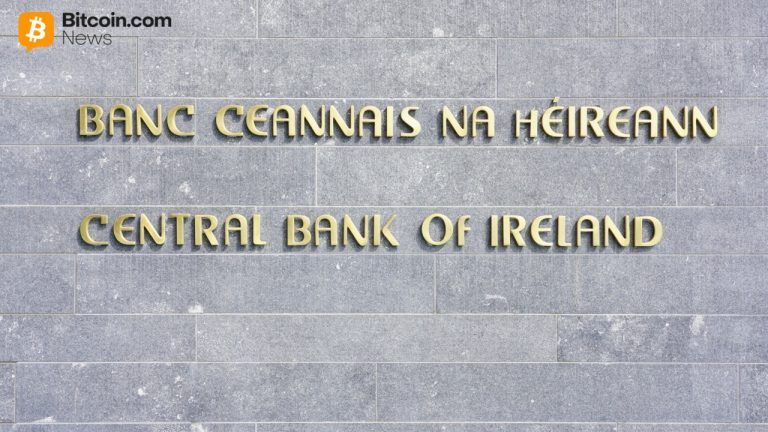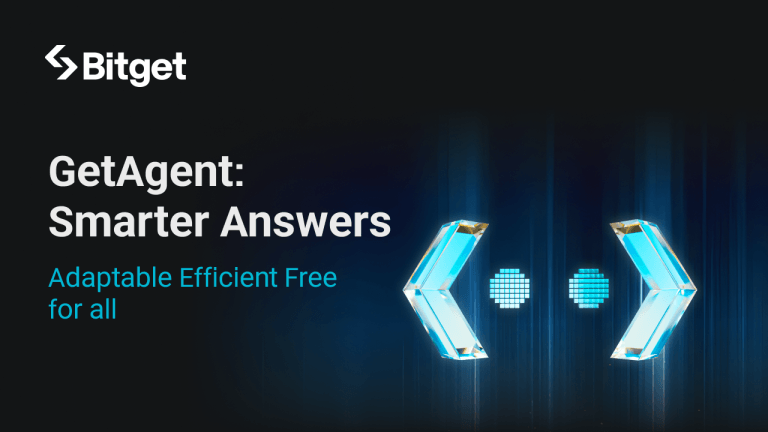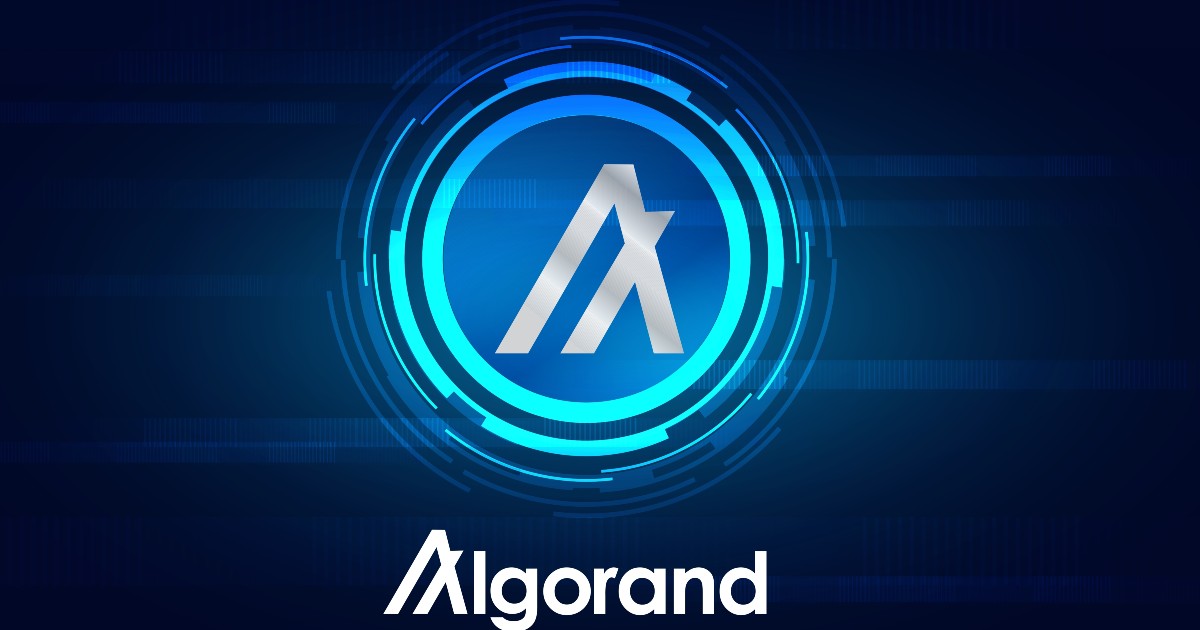Looking at the Radix chart, which is not pretty, you would never expect that a really unique project with some of the best tech in this space is behind the chart. It genuinely solves some very important problems that need to be solved if real world adoption of crypto is going to happen. That doesn’t mean other chains can’t solve those problems too, but these are just problems that need to be solved, that no other chains have solved, at least not as elegantly, as Radix.
So why does its chart looking so bad when everything else is pumping? If it was good it should be pumping too right? Radix seems to have solved some of the most important problems in crypto, except that one. There are some reasons and I will get into those too. I want to take a very fair look at Radix from a risk to reward perspective.
My reasons for bullishness in spite of the chart come down to a few key things. The Developer experience, the user experience, scaleability achievements, and business development.
TLDR: ⏰
Alright degens! Here is the skinny.
Radix has made it really easy and rewarding for devs to build on Radix. This means lots of builders should come as word about Radix gets out and more dapps mean more money for everyone in the ecosystem.
The UX is building towards the best experience I have seen by far with no more worrying about what a transaction will actually do. You know exactly what will happen. Also having options like a fully mobile experience and ways other than a seedphrase to secure your wallet are coming soon.
Marketing is about to pick up a lot. To the tune of millions of dollars spent to onboard new users. Radix has historically not spent much at all on marketing or onboarding attempts. They wanted to wait until the time was right.
They are partnering with some of the biggest names in the industry, and bringing on people from Circle, and government positions to their board.
Their peer reviewed scaling solution is capable of hitting well over 1M TPS and is infinitely scaleable. This means that the network is capable of handling not just all visa transactions, but everything.
Lots of liquidity and incentives coming soon! This will make Radix much more attractive for investors and traders.
I won’t talk more about this in the main part of the post but there are even some meme coins that are popping off on the network. Meme at your own risk.
/TLDR
Now for everyone that wants to dive further into the details here is a breakdown of all of the key points. ????
I will start with the developer experience because I think the most important thing a chain can do is attract builders. Every report and dev I’ve spoken to has said that Radix is the easiest chain to build on they have ever used. Radix's unique programming language called Scrypto is based in Rust, which has quickly become the most popular language for new chains to build with. Starting from an inherently easy-to-use language, the Radix team built onto Rust and created a language that is easy to learn even for non-devs, and has some cool stuff baked in. Writing a program in Scrypto takes a fraction of the lines of code to get the same functionality on another chain. This is important both from a speed of development perspective and from a safety perspective. More code means more auditing, which means more room for error. Whether it’s because users need to audit code to make sure the dapp or token they are interacting with is safe, or a dev not making a mistake and leaving a hole for hacks or exploits, auditing needs to take place. Less code means mistakes are less likely, and auditing is less time-consuming with a higher chance of a fully successful audit.
Scrypto is also an asset oriented programming language which further simplifies the process. On most other chains tokens aren’t really a thing. They are all just smart contracts that represent a token. On Radix a token is just a token, and only certain behaviors can be given to it. A token cannot perform in an unexpected way, and certain behaviors can only be given to a token in a way that warns the user what’s the token is trying to do. Tokens can’t just drain your wallet because you receive it and interact with it. Of course hardware wallets are a thing, but I’ll get to that in the UX section. Because of this token behavior it’s safe and fast to create new tokens.
In addition to being easier to write with devs can also earn royalties if other devs use their unique lines of code. It’s a great way to reward developers who create valuable assets for other developers to use. Point being it’s easier to make stuff that is safe to use, and your code itself can also create value.
Then you have the user experience. UX is incredibly important, and can be the difference between one company making a sale, and another company losing a customer. If it’s not easy to use, people just won’t do it. Why should a user care about decentralized finance if interacting with it isn’t safe and it’s hard to figure out? They won’t. They will never make the trade off from the ease of using Zelle, and Venmo if it means they can lose everything from a single mistake.
That’s why Radix built on an asset oriented language, and came up with the transaction manifest. The manifest gives users a guarantee of what will happen when signing a transaction. You can enter parameters for the amount of slippage you are willing to take on a transaction, but other than that, what you see is what you get, or the transaction will just fail.
This isn’t like some wallet experiences that show you an estimate, it’s an actual guarantee. So say goodbye to sandwich attacks. On top of that even if there is some malicious dapp that you try to interact with that will do something different than what you expect, you will still see on the manifest what will actually be happening if you approve it.
Right now the Radix wallet is a little clunky and the UX isn’t on par in some ways with other chains like Solana, but in unique ways it’s incredible. They are working on UX updates but they prioritized the key components that would be too difficult to add in if they didn’t start with them when they went live with smart contracts 6 months ago. This is one of the reasons why the charts look like shit IMO. A lot of users don't understand why Radix launched the way it did with a rough around the edges experience. The community was told that some of the key UX features wouldn’t be available at launch but people still got really confused about why a project that claims to be all about UX would go live with a UX that is not great in some ways. New features have been rolling out at a steady pace, and many more are yet to come.
A couple of those missing features are deeplinking, and Multi Factor authentication. MFA is the feature that’s next on their agenda to finish and add to the wallet. Right now seedphrases are the only way to keep a wallet secure. Even with hardware wallets, if you lose the hardware the only way to get your account back is to possess the seedphrase of that hardware wallet. MFA removes the need for seedphrases by allowing the use of multiple authenticators instead of a seedphrase. Of course if you like seedphrases as your method of last resort then you are able to keep using one. But most users will simply not want the safety of their net-worth to be capable of being lost if a sheet of paper goes missing. MFA allows users to string together multiple devices methods of recovery on a wallet. Your phone can be one, an NFC chip another, and your wife’s email the third. Giving people options is the best way to solve this issue where loss of a recovery method, could mean the loss of everything.
Then after MFA they will be adding deeplinking to the wallet. Having a fully mobile experience will be the best way to get crypto into most peoples hands. Most people that don’t have bank accounts, have phones. And if crypto is to be used by the masses it needs to be easy to use the way people want to use it, so taking this mobile first approach is really important. The Radix wallet doesn’t have a built in browser because it will to use deeplinking instead, unlike wallets like phantom that utilize a built in browser.
Because the wallet doesn’t have deeplinking live yet or a built in browser you either need to use a PC wallet, or you will be stuck with this temporary clunky experience as your only option when interacting with dapps, where you need to interact with a dapp on your computer, then sign the transaction on your phone. This is great to have as an option, but it’s really important that the ability to be fully mobile is an option.
Deeplinking will allow users to interact with dapps through their native mobile browser, or any other app on a phone. If the wallet is needed to sign a transaction Deeplinking will allow a transaction to be sent from somewhere else on your phone, to the Radix wallet, and then the user will just sign the transaction manifest if they want.
Even the clunky experience I mentioned before is pretty cool. When interacting with something on your computer that link is made to the Radix wallet through Radix connect. Radix connect forms a safe connect between your browser on your PC and your wallet on your phone. It’s not like a browser wallet that can be exploited.
With all of these things Radix is trying to have the safest and easiest to use ecosystem in crypto, because that absolutely the masses are going to use it.
Then there’s scaleability. Radix has taken a sharded approach to scaling, and they built Radix to fit into their peer reviewed sharding mechanism called Cerberus. Cerberus current testnet Cassandra is capable of performing over 1M transactions per second, and because of the way Radix was built more actions can be performed with fewer transactions meaning even more can be done with 1M TPS on Radix than 1M TPS anywhere else. They are working on real world tests that are going well right now. Public tests are coming really soon so people will be able to take part and actually see how Radix scaling solution performs in real world circumstances. We can’t have massive transaction fees and severe slowdowns if crypto is going to go mainstream. It needs to scale to meet an ever growing demand of information and communication. Cerberus is nearly infinitely scaleable, not just big enough to handle all of visa, or tradfi.
That brings me to the last point which is business development. This has been Radix biggest shortcoming in the past, but an area I’m bullish on for the future. When Radix started about 10 years ago its founder Dan Hughes saw BTC and wanted to find some solutions to a few shortcomings he saw that BTC had if it was going to be adopted by the world. So he started building, and he didn’t prioritize getting a product out to raise money with. He brought on some community investors who gave him BTC in exchange for Radix tokens in the future.
Ethereum and many other projects went live quickly (too quickly according to Vitalik), but Dan kept building and reiterating. He started from scratch multiple times and never even pushed anything out until they released a wrapped token on Ethereum called eXRD a few years ago. This allowed his early investors to begin trading the tokens they had invested in long ago, and for the team to continue funding the project through token sales.
But they didn’t really do much for marketing and it’s been a project almost no one has heard of until very recently despite being in development for 10 years. The team wanted to wait until the product was ready to go before they would really start pushing Radix into the world.
Recently they announced a ton of partnerships. One of which is a crypto project called Layer Zero, a trustless bridge that will allow the flow of assets from other chains to Radix seamlessly. They have also been landing new exchanges, with Bybit perpetuals being one of the latest, and hopefully spot trading on bybit coming soon.
One of Radix's biggest problems has been a lack of exchanges, a lack of trading volume, and a lack of liquidity. In addition to landing new exchanges, Radix is launching its liquidity incentive program on March 14th and which will include $10M in incentives for users who bridge their assets onto Radix and lock them in liquidity for 9-12 months. They will be paying users a 20% bonus in XRD on whatever they lock that’s available up front, and then they will also provide impermanent loss protection up to 4X on those assets. They will also be matching the XRD side of any pair. So if someone brings $1K of BTC they will receive $200 in XRD, and Radix provides the $1K in XRD to support the pair. This will help get a lot of much needed liquidity on the Radix network to enable a better trading environment.
Radix has also just partnered with Keyrock as their market maker. In addition to market making Keyrock is injecting $10M into the Radix ecosystem. The combination of all of this should lead to better trading volume on Radix.
A former Circle and Libra Senior director named Lindsay Lim, and Lord Godfrey Cromwell a member if the House of Lords, recently joined their board. Both of these additions will help make connections and provide guidance for Radix within both crypto and legislative spheres of influence.
The ecosystem is growing and they are incentivizing devs to come build with their grants program. The dapps that are already built work well, and are generating a good amount of revenue for users, and dapp builders. Almost every dapp is doing airdrops, and some of them are giving drops that equate to as high as 80-90% APY. Even with the poor price performance, people who have been taking part in the defi have been making great returns on their Radix investment. I'm pretty sure this is also a contributor to Radix price performance because as people are profiting on dapps, and want to take profits, they currently need to swap their ecosystem tokens to XRD and sell that XRD on exchange because none of Radix alts are on a CEX yet. I think the organic growth of Radix as a token just isn't outperforming the sell pressure from this increased profitability quite yet.
They have taken a kind of strange path to get to where they are now, but they have enough coming to make me think they stand a chance at becoming a big player in the world of crypto. It’s definitely an odd ball that makes a lot of people scratch their head as to why the chart looks like it does. I hope it performs, but that all depends on how the execution of this next phase goes.
Resources in the comments below. ????
[link] [comments]

You can get bonuses upto $100 FREE BONUS when you:
💰 Install these recommended apps:
💲 SocialGood - 100% Crypto Back on Everyday Shopping
💲 xPortal - The DeFi For The Next Billion
💲 CryptoTab Browser - Lightweight, fast, and ready to mine!
💰 Register on these recommended exchanges:
🟡 Binance🟡 Bitfinex🟡 Bitmart🟡 Bittrex🟡 Bitget
🟡 CoinEx🟡 Crypto.com🟡 Gate.io🟡 Huobi🟡 Kucoin.

















Comments